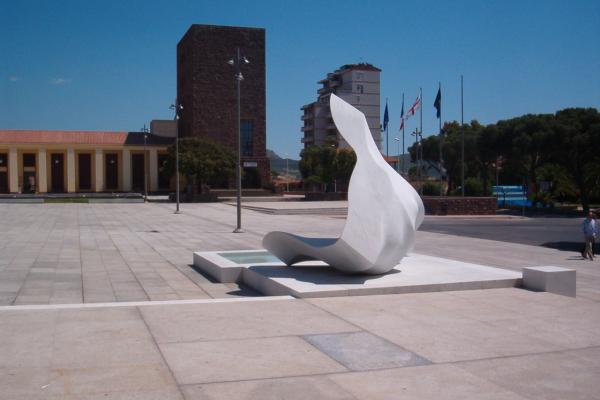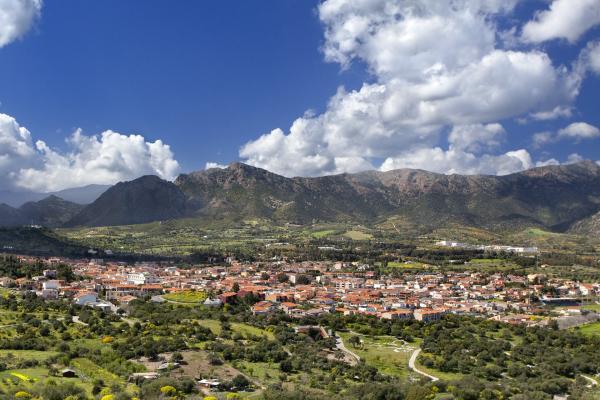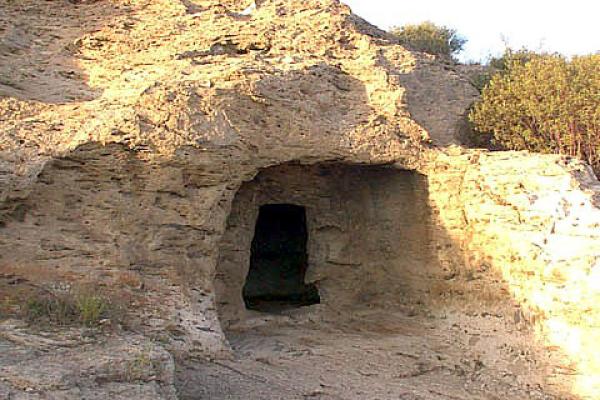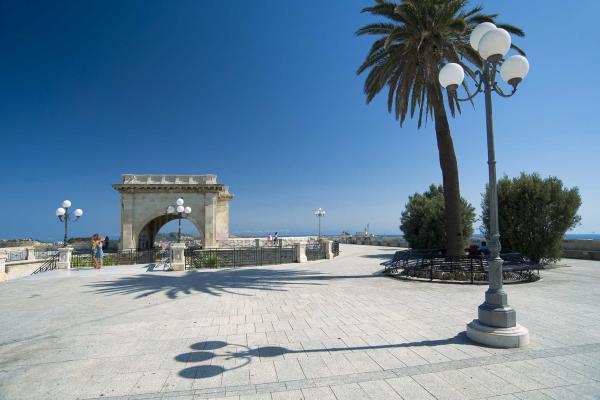It was originally a railway station, then a manor house, after which it was abandoned for decades. Today it is a cultural centre. These are the four lives lived by Casa Spadaccino, a historic building a stone’s throw from the sea, at su Loi, a locality in the territory of Capoterra. It was constructed in 1873 by the French mining company of Petin et Gaudet, which held a concession in the inland mountains. It was located at the end of the ‘road of the Genoese’, an ancient coal merchants’ road on which a railway was installed. The building served as the terminus station for convoys loaded with iron extracted from the mine. In the 1930s, it became the heart of a thriving farm, surrounded by vineyards, vegetable gardens and orchards. The area was transformed into a large, colourful garden, where cutting-edge cultivation techniques were applied, so much so that it earned itself the nickname of su spantu, ‘the wonder’, which still identifies a small village not far from su Loi.

Museums
A century and a half of history enclosed within the walls of a dwelling with ancient splendour and a lively present, a few kilometres from Cagliari, in southern Sardinia
A century and a half of history enclosed within the walls of a dwelling with ancient splendour and a lively present, a few kilometres from Cagliari, in southern Sardinia
See this place because...
You will visit an exquisitely-shaped building with a troubled history, in which you will find a museum where you can learn about one of the most important and extensive European lagoons
Ti piace questo luogo? Cagliari potrebbe essere la tua meta ideale.
You may also like
More attractions in the vicinity
Nearby hotels and accommodations

Bed and breakfast
CAPOTERRA
1 km

CAPOTERRA
1 km

CAPOTERRA
1 km








